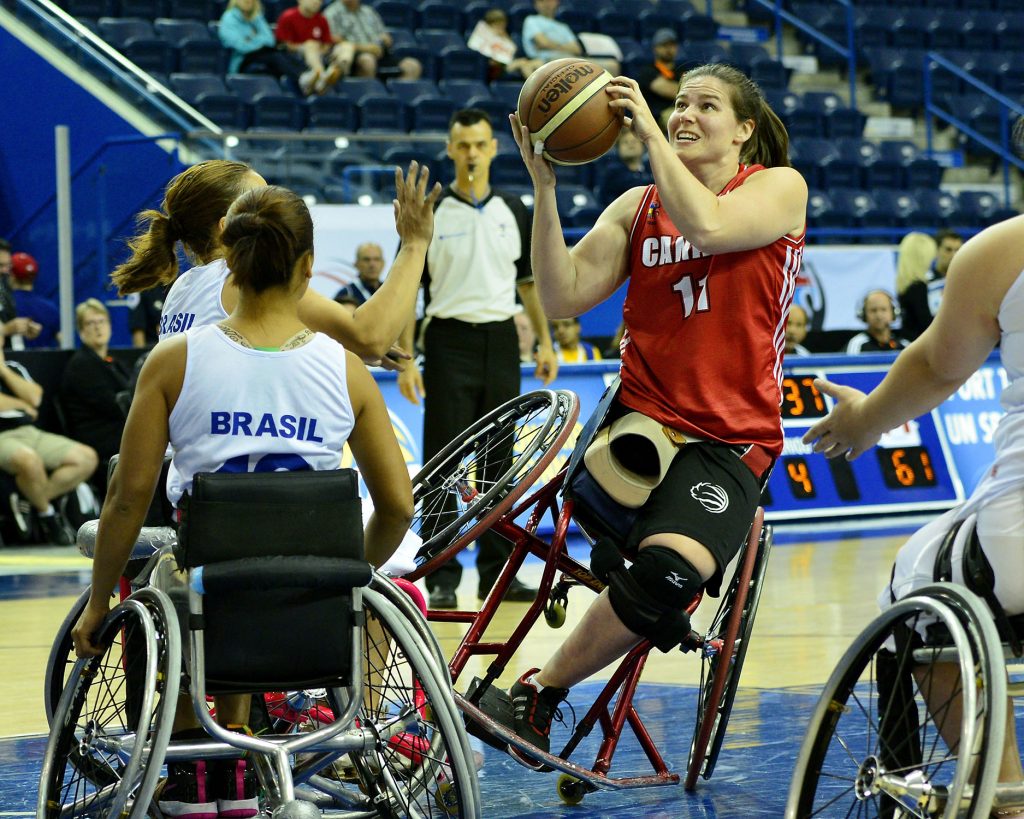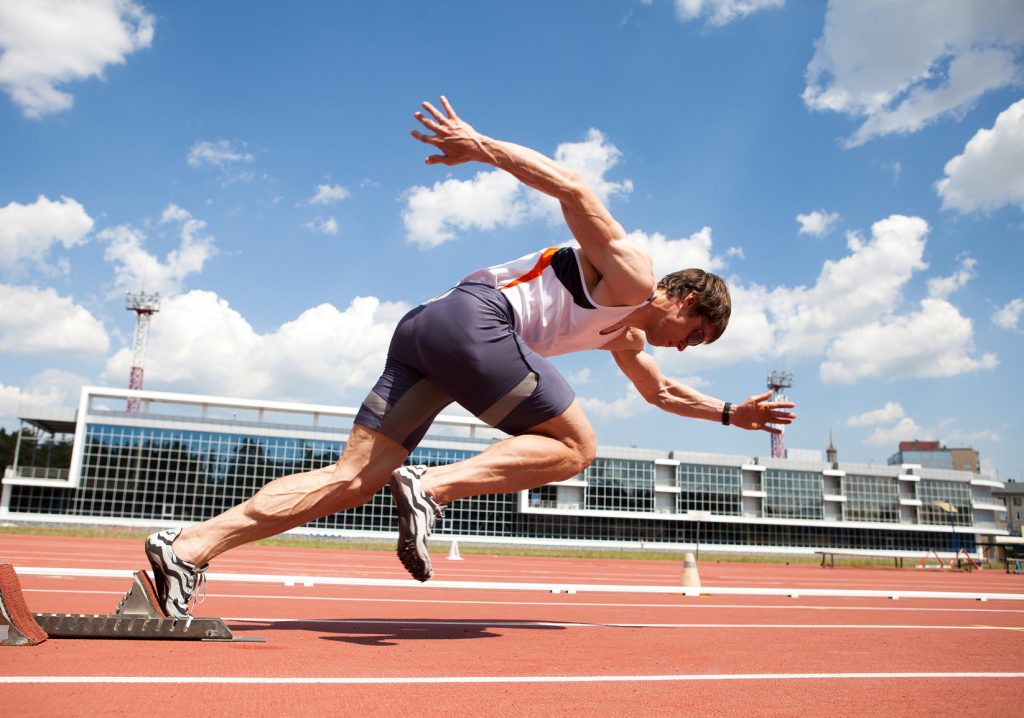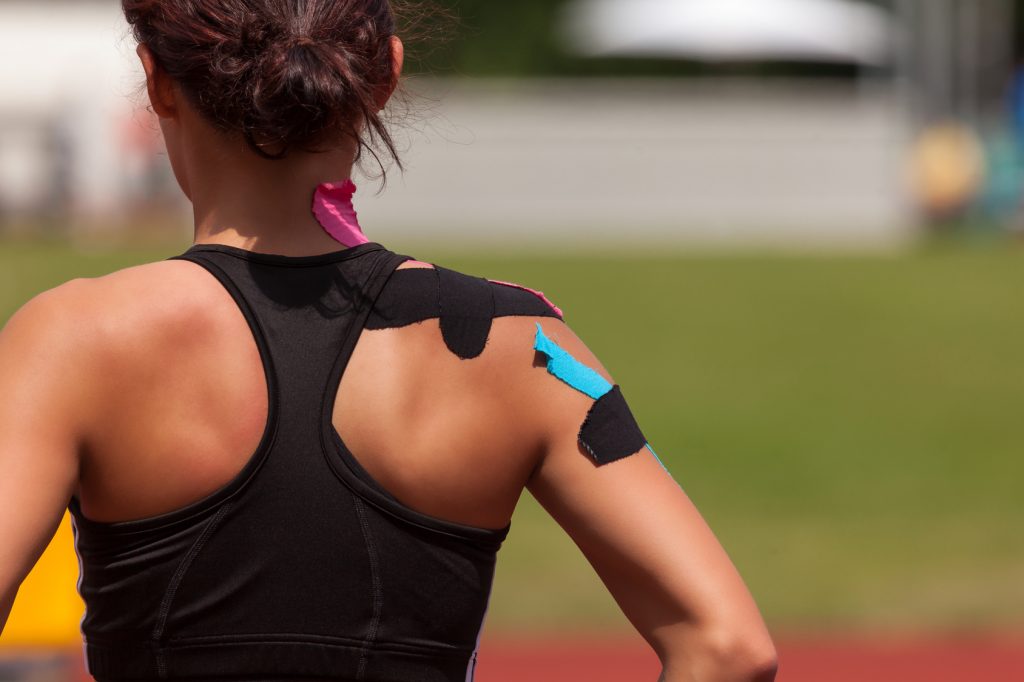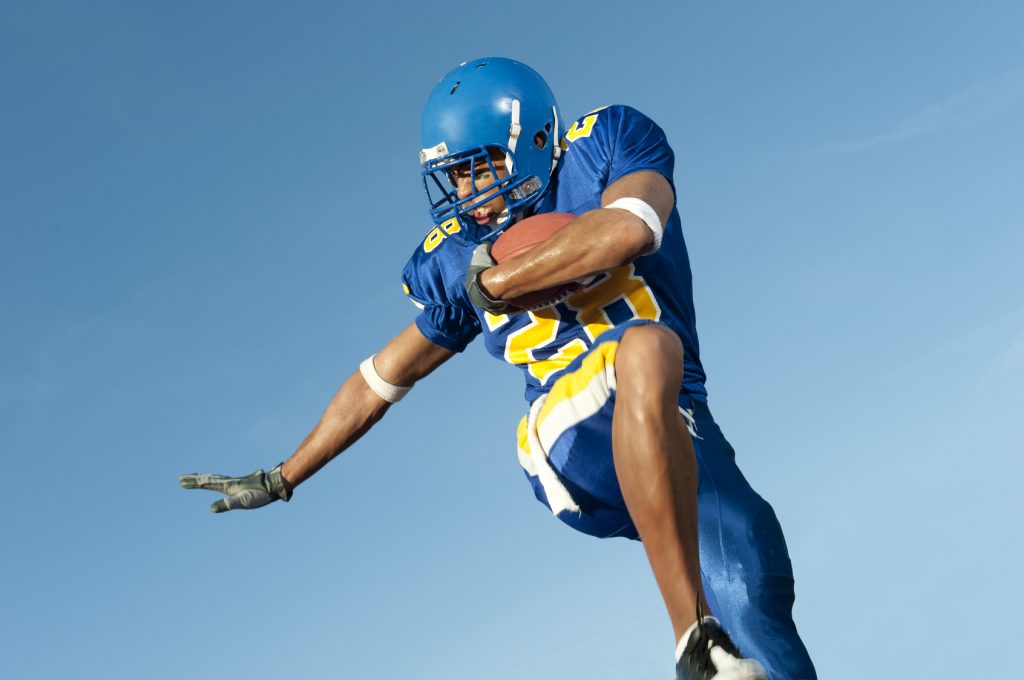Examining Difference: LTAD and Athletes with a Disability

Canada’s Long Term Athlete Development Model offers an important conceptual framework to chart athlete development along the continuum of sport participation from playground to podium. Yet among athletes with a disability, each of whom enters and engages within the sport system in a unique way, it can be difficult to delineate a common pathway. Individuals…
Revising the Game Plan: Retirement is just one Choice for Athletes in Transition

As athletes, we face the existential dilemma of deciding when enough is enough. Pushing our bodies through pain and past injury is sustainable only for so long. And yet, every athlete values the positive experiences and achievements which flavour their sporting journey. Whether one is an aspiring junior athlete, a post collegian, or veteran national…
Sleep and Athletes: Is there a Magic Number?

Although conventional wisdom suggests that athletes need at least eight hours of sleep each night, quantity is not the only parameter that promotes athletic success. Most of us believe that we need a set number of hours of sleep and that seven or eight hours a night is a prerequisite for health and well-being. And…
The Diabetic Athlete

More than 382 million people worldwide, and 10 million Canadians, are living with Diabetes Mellitus, more commonly known as diabetes. There are three different types of the chronic disease, but most athletes seem to have either Type 1 or Type 2 diabetes. Type 1 is when the pancreas fails to produce enough insulin for the…
You Are What You Eat- The Importance of Post-Training Nutrition

Many athletes focus on the technical and conditioning aspects of their sporting experience, yet nutrition is an equally important part of athletic success. Post-training nutrition is especially critical, as it helps the body recover and recharge. Timing is also important; studies show that food consumed within 30 minutes of exercising will have a significant effect…
COMMUNITY INVOLVEMENT IN DEVELOPING ATHLETES

SIRC is pleased to be working together with Sport Canada to share current research on topics informing policy and promoting quality sport programming. This week we are sharing highlights of a recent article examining COMMUNITY INVOLVEMENT IN DEVELOPING ATHLETES. The influence of community on athletic development: an integrated case study. Balish, S., & Côté, J….
RELATIONSHIP BETWEEN COACHES AND THE LONG-TERM ATHLETE DEVELOPMENT MODEL

SIRC is pleased to be working together with Sport Canada to share current research on topics informing policy and promoting quality sport programming. This week we are sharing highlights from a recent article examining the RELATIONSHIP BETWEEN COACHES AND THE LONG-TERM ATHLETE DEVELOPMENT MODEL. Coaches’ adoption and implementation of Sport Canada’s long-term athlete development model….
Adjusting to Life After Sport – Easing the path for athletes in transition

High performance athletes typically make a lot of sacrifices for their sport in all areas including family, education, finances, and sometimes even their bodies. Their lives are usually jam-packed with strict routines, intense training and busy competition schedules with the ongoing aim of achieving their dreams. With their social lives, support systems and even off-times…
Kinesiology Taping – Is it worth the hype?

If you watch sports regularly, you’ve likely seen the brightly coloured tape that commonly adorns athletic bodies. Of course these colourful patterns aren’t just for show, many athletes are using kinesiology tape (KT) primarily to treat and prevent musculoskeletal injuries or increase performance. First of all, what is it and what does it do? Kinesiology…
Often overlooked – The psychological impact of an ACL injury

An anterior cruciate ligament (ACL) injury is one of the most common and yet one of the most devastating injuries an athlete can sustain. There is plenty of research on ACL injuries and the methods for treatment are well documented; usually when an athlete sustains this type of injury, their physical recovery is addressed well…